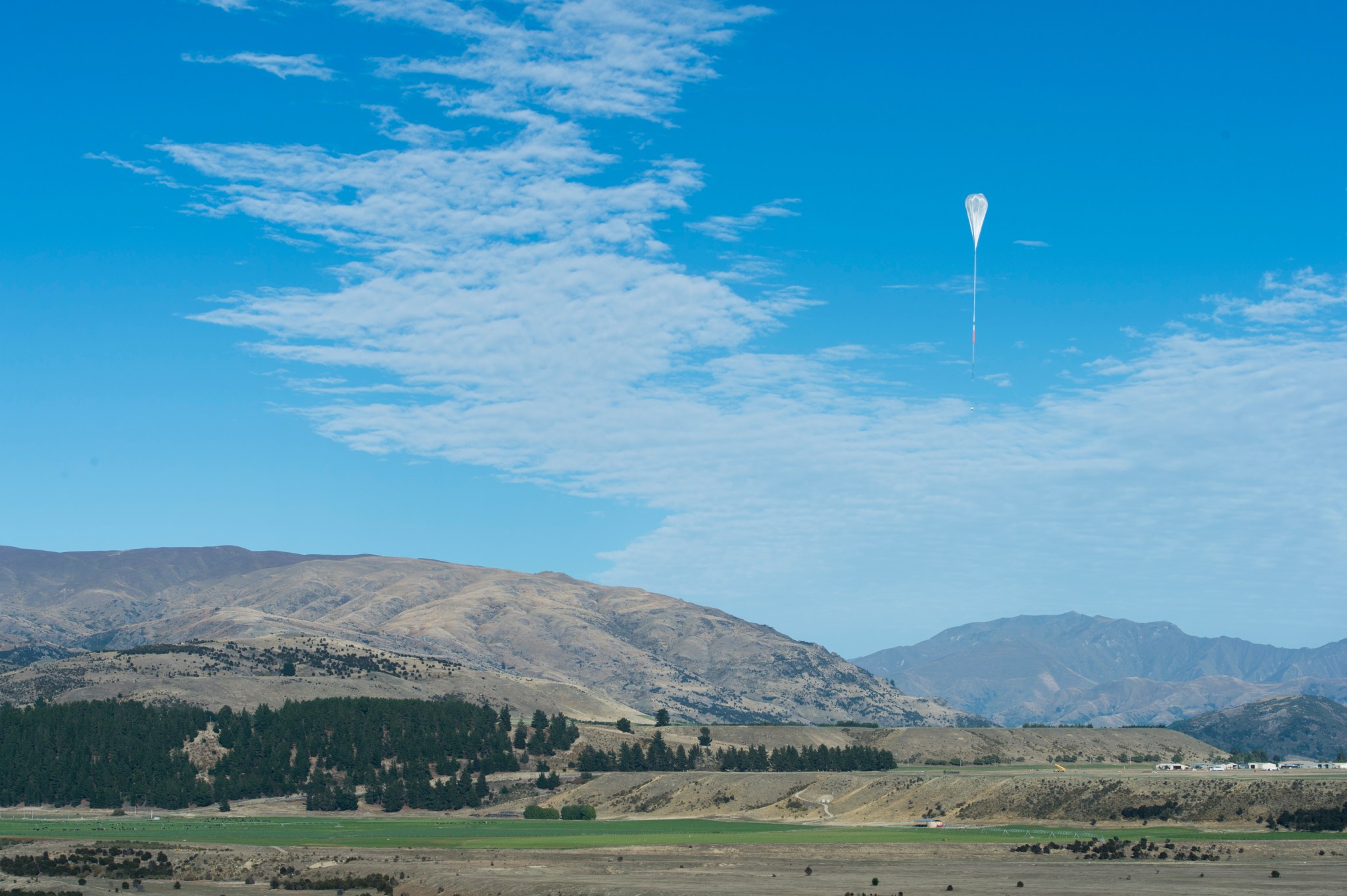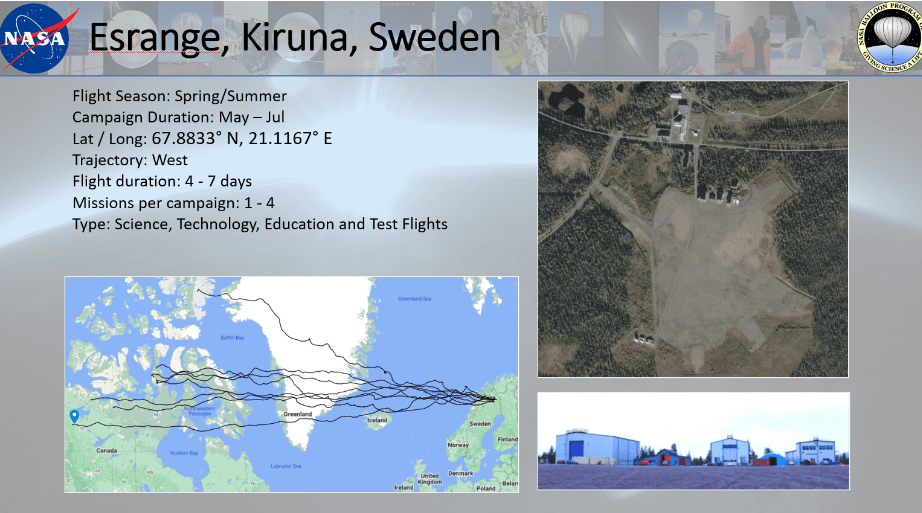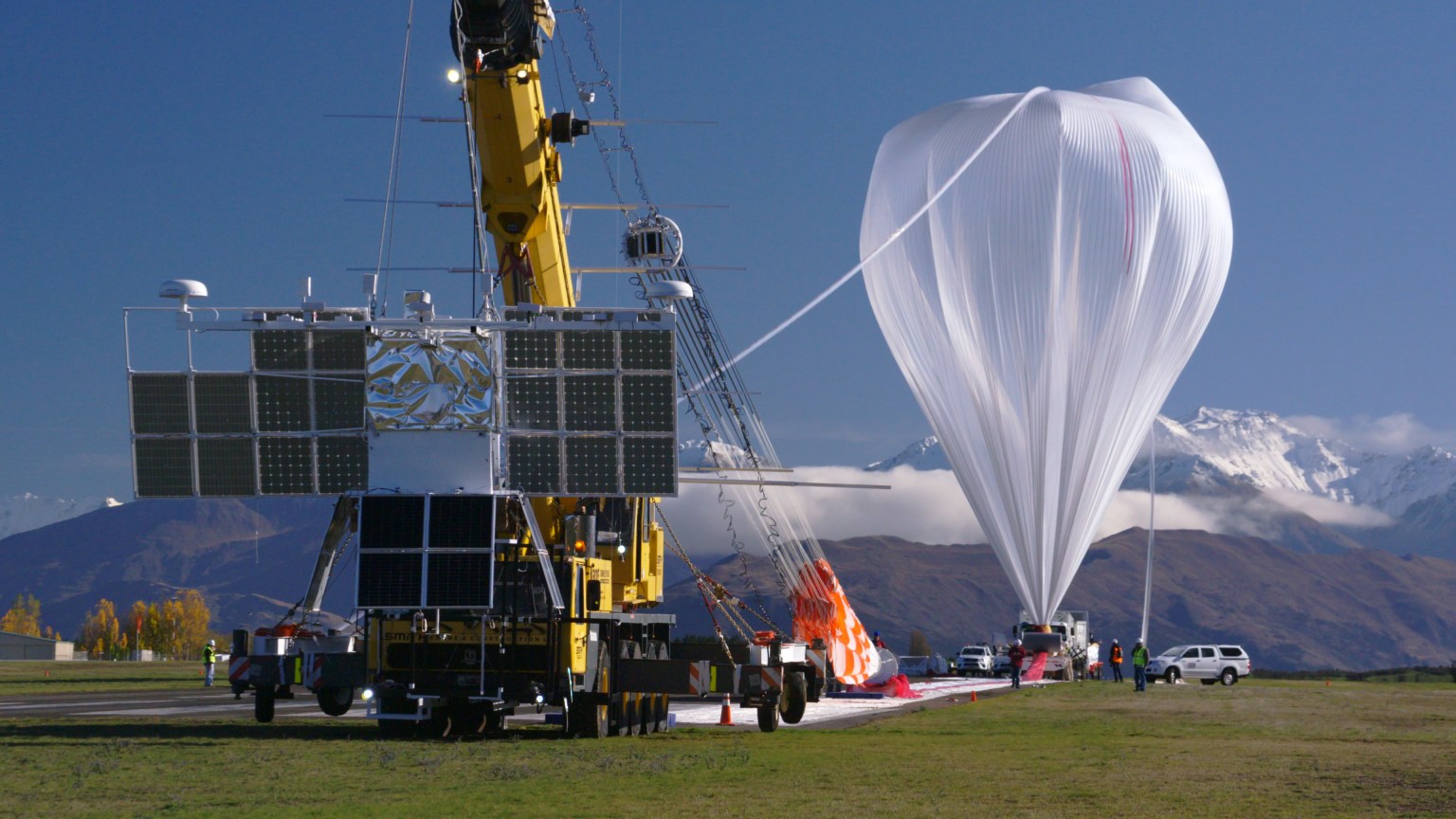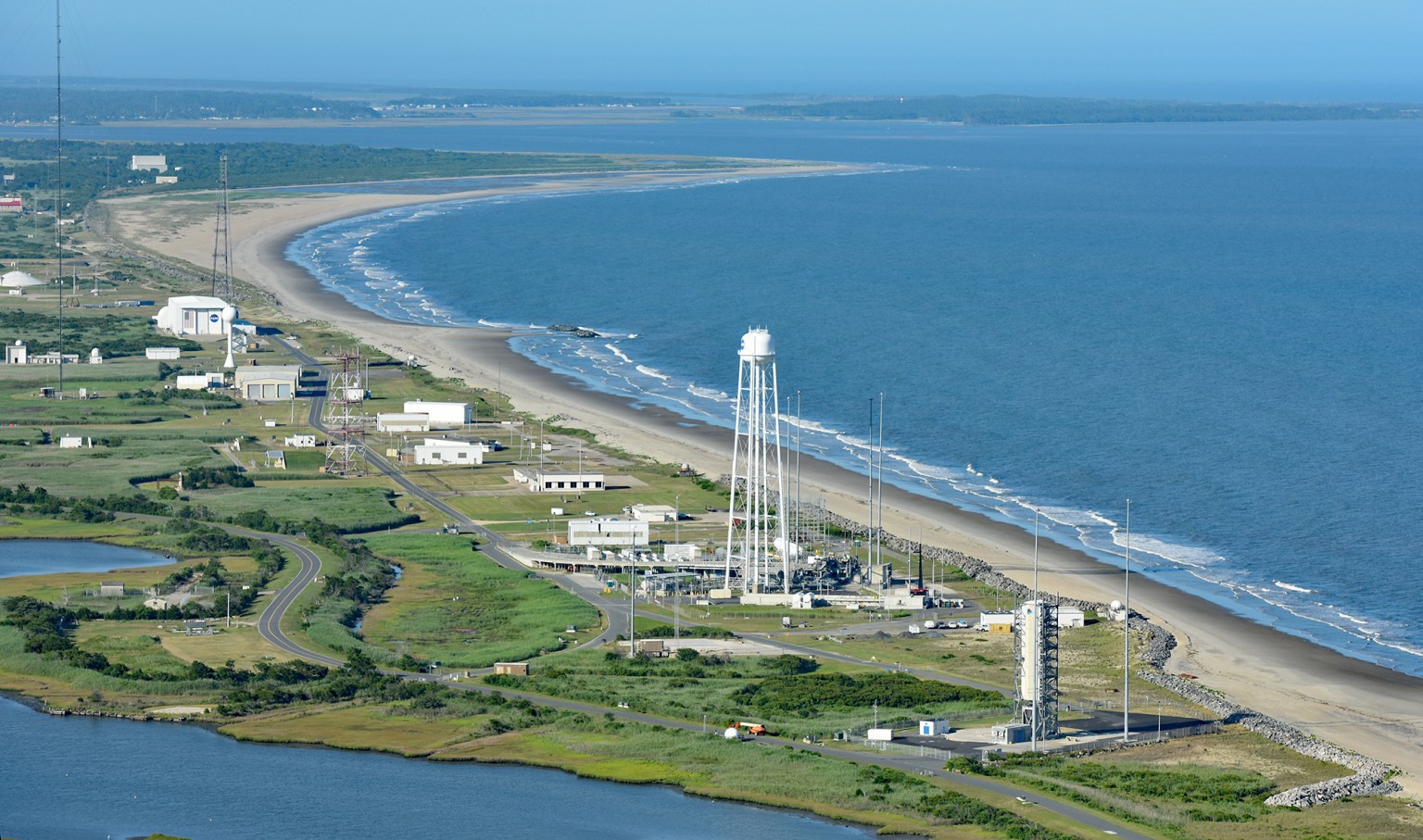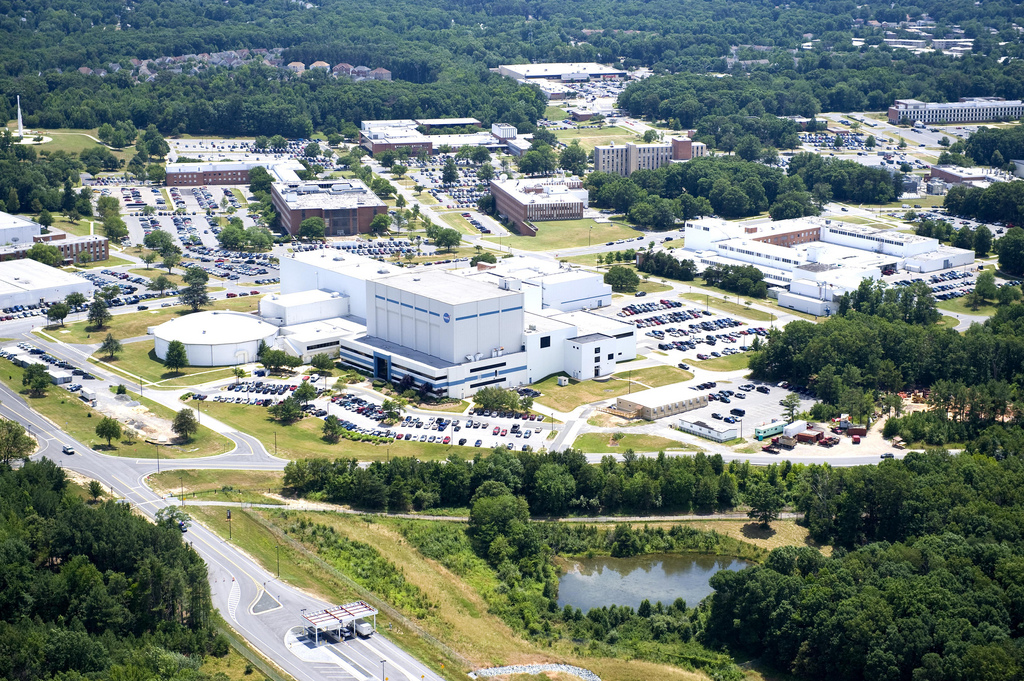Launch Locations
Our Ballooning Community
More than one institution, scientific balloons are supported and pioneered by several groups all over the world.
The scientific balloon community is an endless one, drawing members from scientific organizations, academic institutions and international corporations. One company, Aerostar, assists NASA in balloon technology logistics for launch and operations for several of our launch locations. Explore the various other members of our ballooning community and use the link below to learn more about Aerostar!
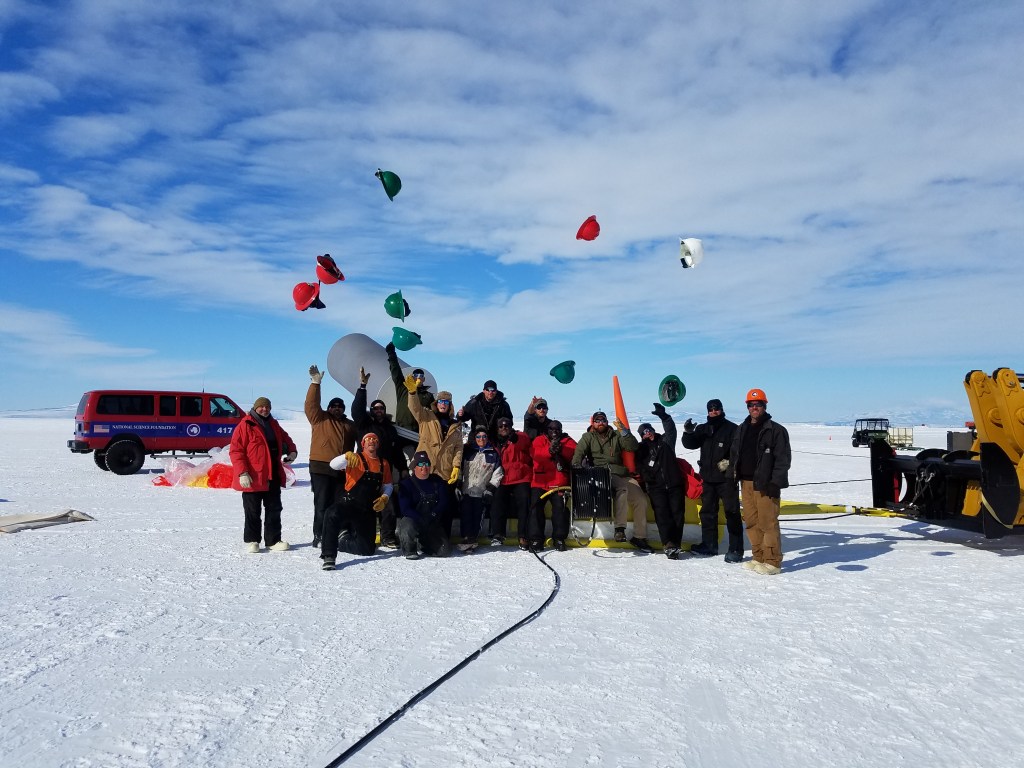
Fort Sumner, New Mexico
Our primary domestic launch location.
The Fort Sumner Program launches the majority of the annual flight manifest from this location and it is the site that supports student activities, technology demonstrations, and test flights. The launch site is located at the Fort Sumner Municipal Airport in New Mexico. Fort Sumner consists of a large World War II hangar (used for equipment and launch vehicle storage, as well as science payload storage and integration), a NASA payload processing facility that includes offices and an operations control center, and a launch pad. Use the link below to learn more about the city of Fort Sumner.
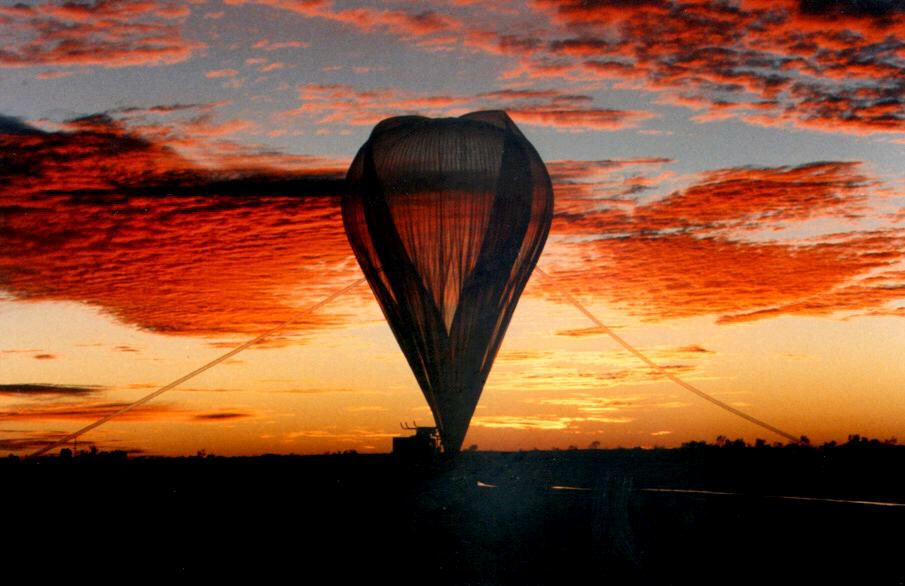
Palestine, Texas
Home of the Columbia Scientific Balloon Facility
The Columbia Scientific Balloon Facility (CSBF) of Palestine Texas, is located just west of the Palestine Municipal Airport. The site encompasses about 192 hectares (474 acres) consisting of open and forested lands, two balloon launch pads, and several permanent buildings; the land and facilities are owned by NASA. Although located in Texas, CSBF assists in balloon launches and operations at all of our domestic and international locations. Use the link below to learn more about the city of Palestine Texas .
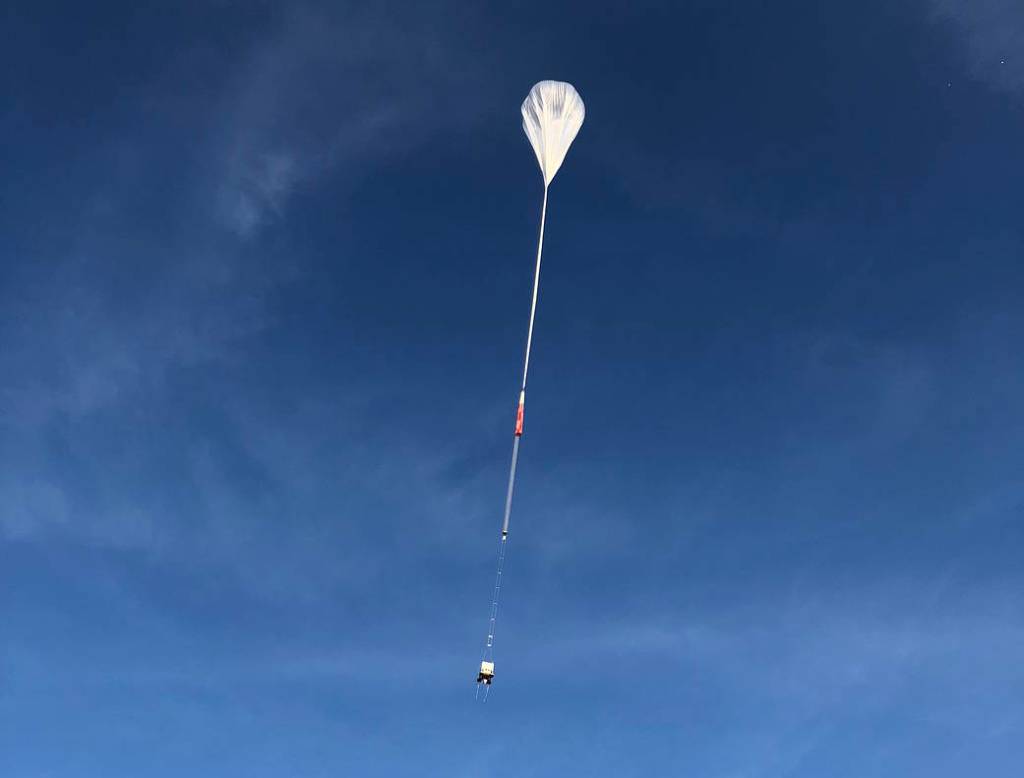
Esrange, Sweden
An ideal launch location.
Kiruna, Sweden (Esrange) is located about 67.86 degrees north latitude and 21.08 degrees east longitude. Launch operations are normally conducted between May 15 and July 10 of each year. Esrange’s north eastern location is perfect for balloon payload recovery in Canada. All balloon launches are conducted at the Swedish Space Corporation facility called Esrange. Use the link below to learn more!
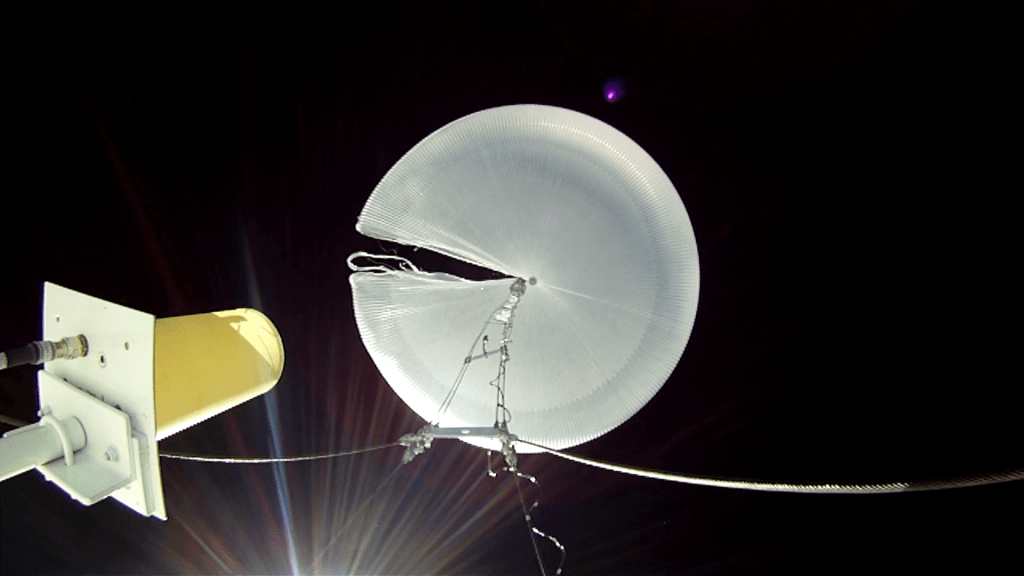
McMurdo Station, Antarctica
An exclusive community member since 1996.
Many balloon launches are conducted from the Long Duration Balloon launch pad, located about eight miles from McMurdo Station on the Ross Ice Shelf. This launch location is exclusively to support scientific balloon launches and operations.
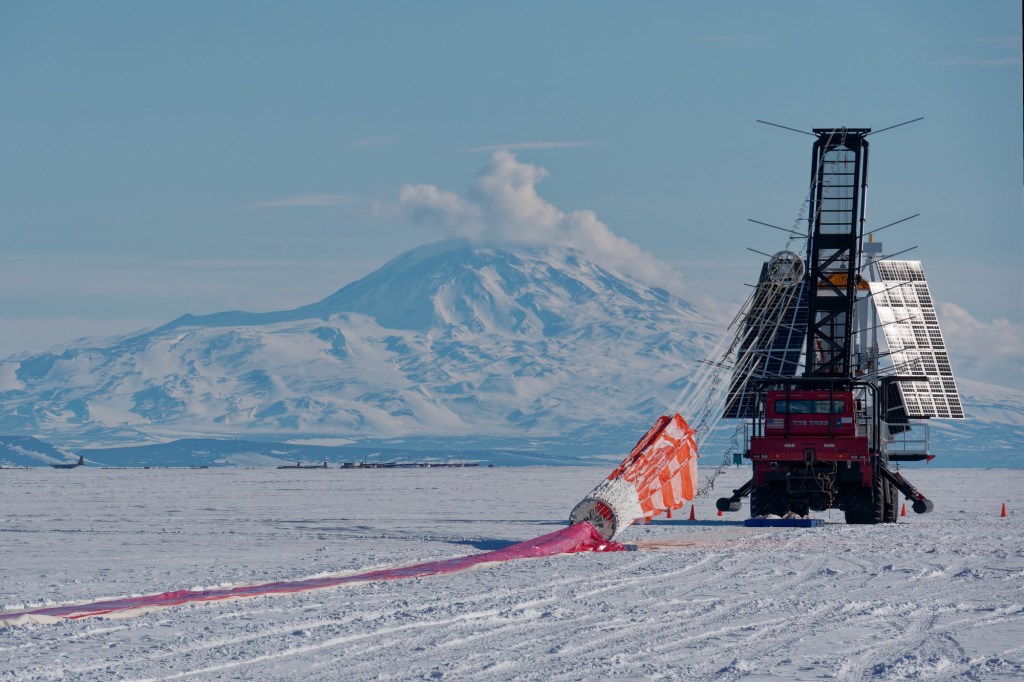
Wanaka, New Zealand
Open airspace perfect for balloon launches.
Wanaka, New Zealand is located about -44.72 degrees south latitude and 169.24 degrees west longitude. Launch operations are currently conducted between February 15 (flight ready by April 1) and April 30 of each year. All launches and operations in New Zealand are conducted out of the Wanaka Airport facilities. Use the link below to learn more!
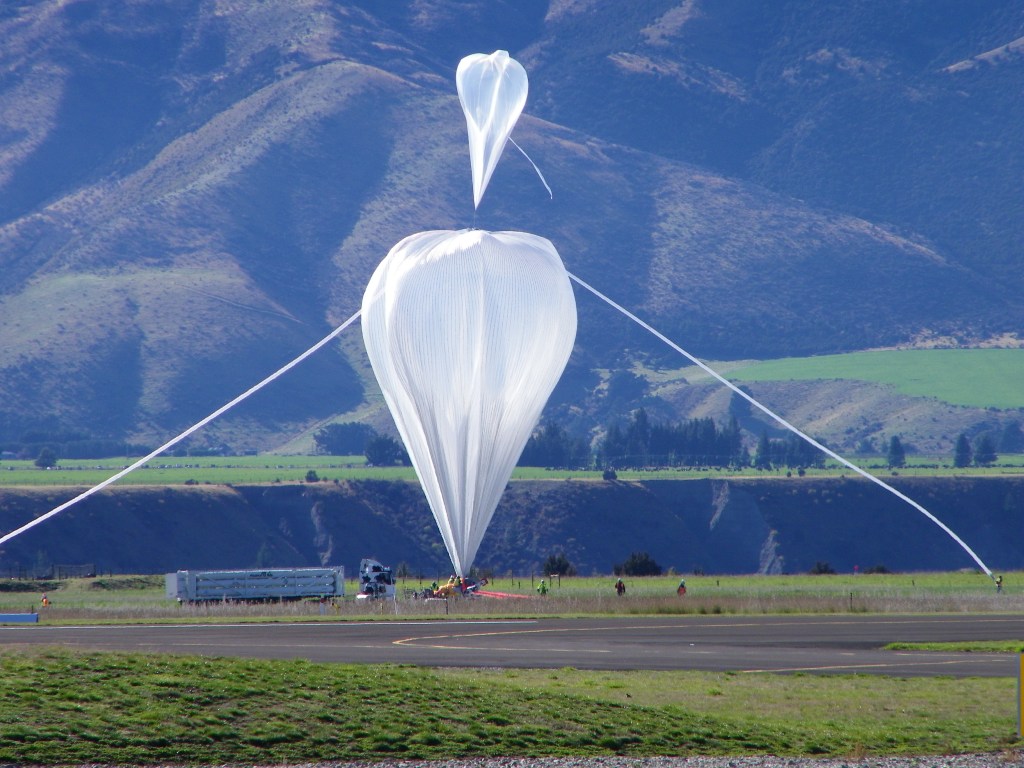
Burns Oregon
Our newest community member.
NASA’s Balloon Program Office (BPO) in collaboration with Columbia Scientific Balloon Facility (CSBF) plan to launch scientific balloons from Burns Oregon in 2026. This new location will allow for longer balloon flights and nighttime launches. Use the link to learn more about Burns!

Balloon Flight Paths
| Launch Site | Fort Sumner, NM | Palestine, TX | Alice Springs, AUS | Kiruna, SWE | McMurdo, ANT | Wanaka, NZ | Burns, OR |
|---|---|---|---|---|---|---|---|
| Flight Season | August – October | May – July | March – May | May – July | December – January | April – August | September-October |
| Frequency | Annual | As needed | As needed | Biannual | Annual | Biannual | Annual |
| Launch Time | Morning | Morning / Afternoon | Morning | Anytime | Anytime | Morning | Morning |
| Lat. / Long. | 34.4731° N, 104.2422° W | 31.7786° N, 95.7144° W | 23.80° S, 133.89° E | 67.8833° N, 21.1167° E | 77.8500° S, 166.6667° E | 44.7222° S, 169.2455° E | 43.5919° N, 118.9555° W |
| Trajectory | West / East / Turnaround | West | West / East / Turnaround | West | West | East | East/Turnaround |
| Flight Duration | up to 36 hours | up to 24 hours | up to 36 hours | 4 – 7 days | 7 – 57 days | up to 100 days | up to 36 hours |
| Latitude Range | 29 N – 38 N | 29 N – 38 N | 17 S – 29 S | 60 N – 80 N | Continent | 20 S – 65 S (nominal) 10 S – 80 S (possible) | |
| Longitude Range | 94 W – 117 W | 94 W – 117 W | 116 E – 140 E | 23 E – 120 W | Continent | South Hemisphere | |
| Float Wind Speed Range | 0 – 70kts | 20 – 70kts | 0 – 70kts | 10 – 30kts | 5 – 30kts | 10 – 120kts | |
| Balloon Types | Zero Pressure | Zero Pressure | Zero Pressure | Zero Pressure Super Pressure | Zero Pressure Super Pressure | Super Pressure | Zero Pressure |
| Max Science Mass | 6000 lbs | 6000 lbs | 6000 lbs | 6000 lbs (ZP) 3674 lbs (SPB) | 6000 lbs (ZP) 3674 lbs (SPB) | 3674 lbs (SPB) | under 100 lbs |
| Ready to Ship | August | May | January | March | August | December | |
| Building Door Constraints | NASA Building 30′ h x 15′ w (Hook Height 29.5′) Airport Hangar 20′ h x 13′ w (Hook Height 20′) | 29.5′ h x 18′ w (Hook Height 30′) | 31.5 ‘ h x 23.6’ w (Hook height 27.4′) | 30′ h x 18′ w (Hook Height 25.5′) | 13.7′ h x 20′ w (Hook Height 11.2′) | ||
| Launch Vehicle Envelope | Suspension height is 40′, ground clearance is 6′ | ||||||



























